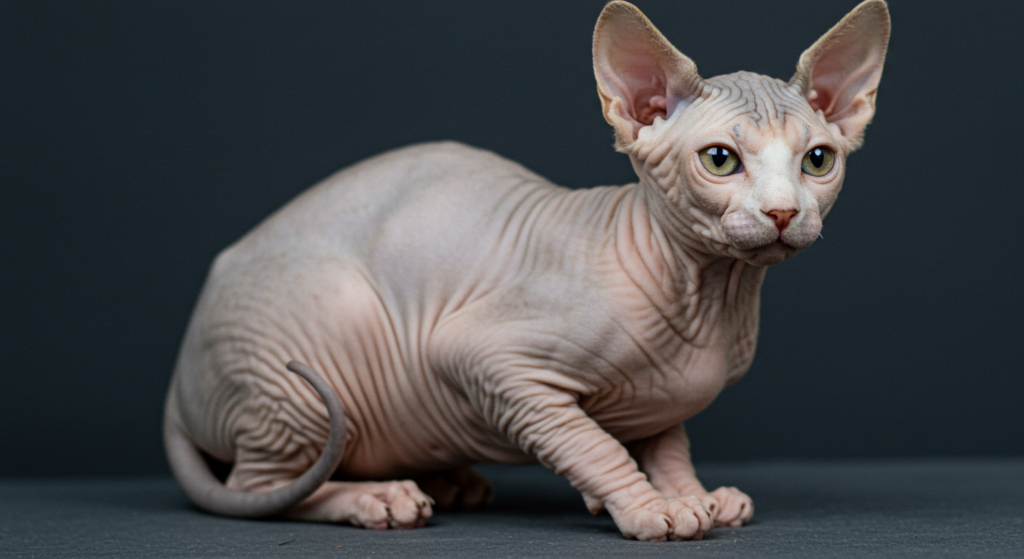Table of Contents
- Introduction
- Origins of the Sphynx Cat
- Genetic Mutation Behind Hairlessness
- Selective Breeding and Development
- Conclusion
- FAQs
Introduction
The Sphynx cat, often referred to as the Canadian Sphynx, is a distinctive breed of cat renowned for its lack of fur. This hairless feline has captured the hearts of cat enthusiasts worldwide due to its unique appearance and affectionate nature. Despite their seemingly bald exterior, Sphynx cats are the result of a natural genetic mutation and decades of careful selective breeding. This article delves into the origins, genetics, and development of the Sphynx cat, offering a comprehensive overview of this fascinating breed.

Origins of the Sphynx Cat
The Sphynx cat traces its roots back to the 1960s when hairless kittens began appearing in litters due to a spontaneous genetic mutation. These unique cats were first discovered in Canada, which is why the breed is often called the Canadian Sphynx. Breeders recognized the potential of these hairless felines and began selectively breeding them to establish a consistent and healthy breed.
Genetic Mutation Behind Hairlessness
Hairlessness in Sphynx cats is the result of a naturally occurring genetic mutation. This mutation affects the keratin production in the cat’s body, leading to the absence of a traditional fur coat. Interestingly, the Sphynx is not entirely hairless; they often have a fine layer of peach-fuzz-like hair, giving them a soft, suede-like texture. This genetic trait is recessive, meaning both parents must carry the gene for it to manifest in their offspring.
Selective Breeding and Development
The development of the Sphynx cat as a recognized breed involved meticulous selective breeding. Starting in the 1960s, breeders focused on enhancing desirable traits such as health, temperament, and the unique hairless appearance. Over time, the breed was refined, and the Sphynx cat gained recognition from major cat registries. Today, the Sphynx is celebrated not only for its striking look but also for its playful, social, and affectionate personality.
Conclusion
The Sphynx cat, or Canadian Sphynx, is a remarkable breed that stands out for its hairless appearance and charming demeanor. Originating from a natural genetic mutation, this breed has been carefully developed through selective breeding to ensure its health and unique characteristics. Whether you’re drawn to their distinctive look or their loving nature, the Sphynx cat is a testament to the diversity and beauty of the feline world.
FAQs
1. Are Sphynx cats completely hairless?
No, Sphynx cats are not entirely hairless. They often have a fine layer of downy fuzz that gives them a soft, suede-like texture.
2. Do Sphynx cats require special care?
Yes, due to their lack of fur, Sphynx cats need regular bathing to remove oil buildup on their skin. They are also more sensitive to temperature changes and may require protection from extreme cold or sun exposure.
3. Are Sphynx cats hypoallergenic?
While no cat is truly hypoallergenic, Sphynx cats may produce fewer allergens because they lack fur. However, they still produce dander and saliva, which can trigger allergies.
4. How did the Sphynx cat get its name?
The breed is named after the ancient Egyptian Sphinx due to its exotic and striking appearance, reminiscent of the mythical creature.
5. What is the temperament of a Sphynx cat?
Sphynx cats are known for being highly social, affectionate, and playful. They thrive on human interaction and are often described as “dog-like” in their behavior.
